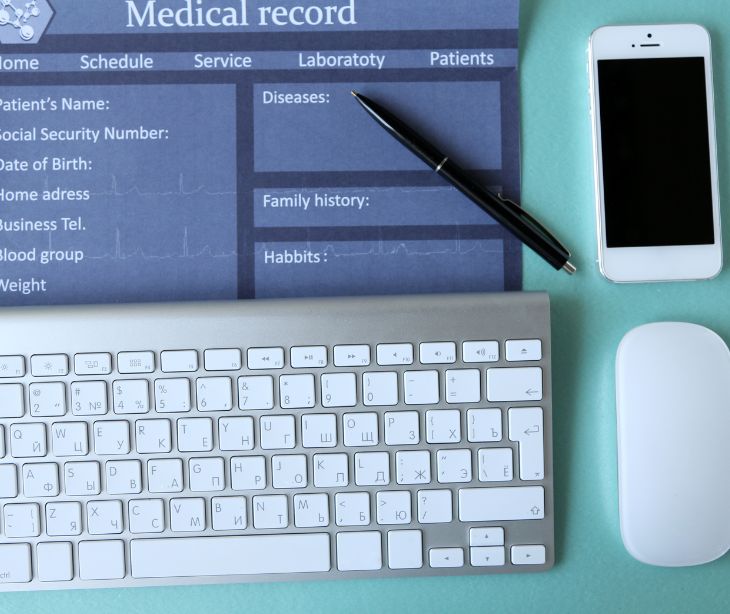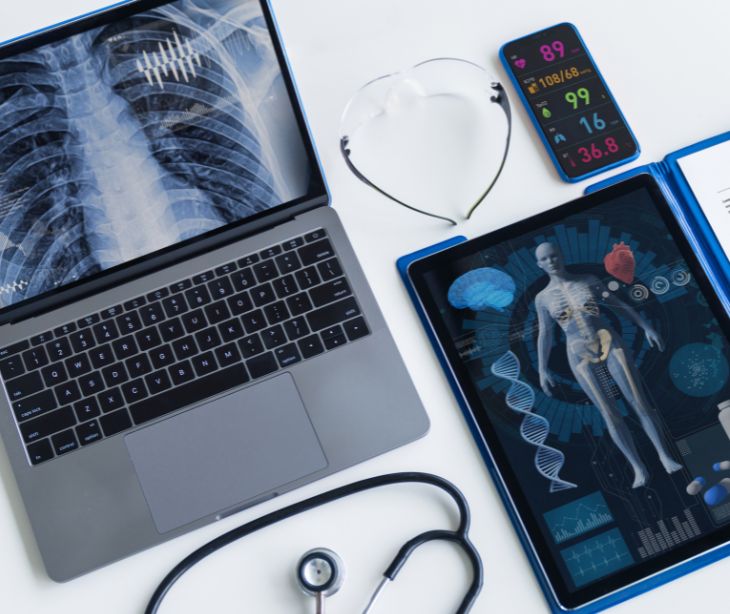
The key distinction between electronic health records (EHR) and personal health records (PHR) lies in ownership and control. EHRs are managed by healthcare providers and organizations, aiming to facilitate communication and continuity of care among healthcare professionals. PHRs, however, put the patient in control, allowing them to manage and access their health information, potentially improving their engagement in their care.
What is an EHR?
An electronic health record (EHR) is a digital storage of a patient's comprehensive medical history, collated and managed by authorized healthcare providers and facilities. It encompasses a wealth of data, including diagnoses, treatment plans, medications, laboratory test results, immunization records, allergies, and more.
The primary goal of an EHR is to streamline the sharing of critical health information among healthcare professionals involved in a patient's care.
What is a PHR?
Conversely, a personal health record (PHR) is an individual's repository of health-related data, managed and controlled by the patient. This record includes personal medical history, medication details, allergies, immunizations, and possibly lifestyle information. Unlike an EHR managed by healthcare providers, a PHR is managed by the patient.
Related: What standards apply to personal health records (PHR)?
EHR vs. PHR
Ownership and control
- EHR: Healthcare providers and institutions manage EHRs, allowing authorized professionals involved in a patient's care to access and update information.
- PHR: Patients maintain and manage PHRs, granting them control over who can access their health information and empowering them to actively participate in their healthcare management.
Purpose and Scope
- EHR: Aimed at facilitating communication and continuity of care among healthcare providers, EHRs serve as comprehensive records accessible across various healthcare settings.
- PHR: Focused on empowering patients, PHRs encourage active involvement in managing personal health information, fostering a deeper understanding of one's health status.
Data sources
- EHR: Primarily consists of data sourced from healthcare professionals, hospitals, laboratories, and other authorized medical facilities, aiming for a holistic view of a patient's medical history.
- PHR: May include data from diverse sources, such as self-reported information, wearable devices, fitness apps, and healthcare providers, offering a broader perspective incorporating personal inputs.
Bridging the gap for enhanced healthcare
While EHRs streamline communication and coordination among healthcare providers, PHRs empower individuals to become active participants in their healthcare journey.
The integration of EHRs and PHRs holds immense promise for revolutionizing patient care. By integrating these records, patients can contribute additional valuable data, while healthcare providers gain access to a more comprehensive and detailed overview of a patient's health, thereby fostering personalized and more effective treatments.
Related:
Subscribe to Paubox Weekly
Every Friday we'll bring you the most important news from Paubox. Our aim is to make you smarter, faster.




